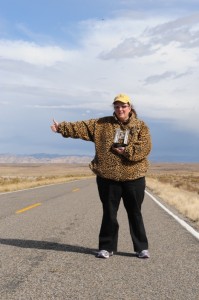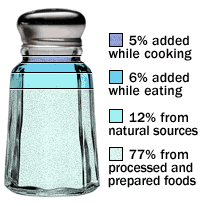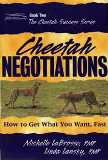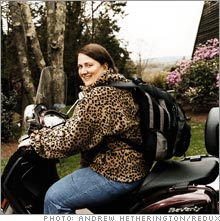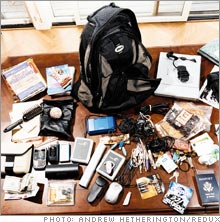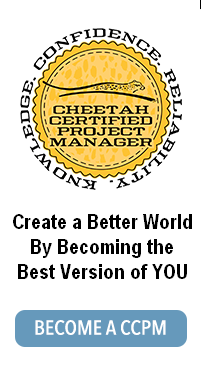Eating Turkey On the US East Coast – Travel Time 60 x faster than in 1621
Tuesday, November 25th, 2008I made it back to the lower 48 (Connecticut specifically) for Thanksgiving, actually arriving 15 minutes ahead of schedule by the most optimistic estimate. When things go that well, it is easy to say, “what is meant to be happens easily.” By that measurement, Connecticut for Thanksgiving is meant to be for me.
We were able to do travel plan A – that was leaving our little town in Alaska by air taxi instead of ferry. It was raining, foggy, and windy, yet the little plane still flew. It took us 21 hours – we left Haines, Alaska at 9:30 AM AST and arrived in Connecticut at 9:30 AM EST. According to mapquest, the drive would have been 3874 miles and taken 66 hours 29 minutes. The distance from England to the US East Coast is around 3700 miles. It took the 102 Pilgrims about 60 days to travel here from England in 1620.

The jaunt across the continent to eat turkey in Connecticut. A little bit further than the Pilgrams had to travel to eat turkey here, but over 60 times faster to get here.
After we got to CT, my oldest daughter called to tell me that more people are killed by moose and small airplane crashes in Alaska every year than by bears. Weird how I never heard that one before, but no matter, we survived that (and many other) small plane rides in Alaska, as have many other people.
While traveling here for the Pilgrims, they were going from a civilization where they understood the cultural traditions, to one that was more bound by the rhythms of nature. I just did the opposite. And found myself having to re-aquaint myself with my east coast “attire” to look like I belong in Connecticut. (I find it far easier if I at least make some attempts to fit in). And I have to wait until I get here to really get into the schwing of things with the clothes. I had put on my east coast travel attire, but sitting in a Starbucks in Connecticut yesterday, I felt like a person out of place in two worlds. I was certainly not dressed for Alaska, and just looked weird for Connecticut. It totally makes sense why the RNC thought that Sarah Palin coming out of Alaska needed a new “look” to the tune of $150k. The rest of the country just does not get the fashion trends of Alaska (or is it that we in Alaska have a lot more other things that are more important to focus on – like not breaking your neck on the ice skating rink outside the Mountain Market).
The Pilgrims faced much more daunting issues about “fitting” in – it was a very matter of their survival to befriend the natives. While Alaska sports a very casual demeanor, an everyone is welcome attitude, and it appears easy to fit in, it does take a little effort. Dan Fine’s book – Not Really an Alaskan Mountain Man shares just how challenging it can be to survive in modern day Alaska. In retrospect, it is probably more important for my overall survival that I “fit in” better there than here. Both places take some adjustment – I call it getting the cultural bends. Only happens when you change cultures really fast.
